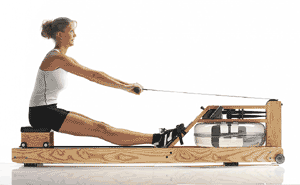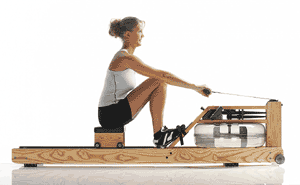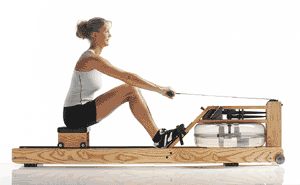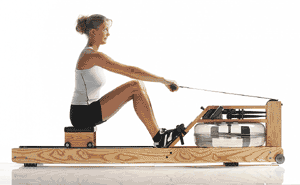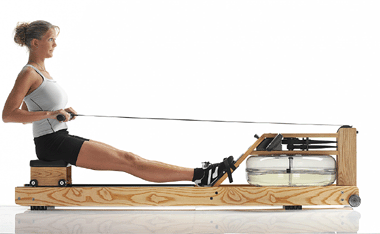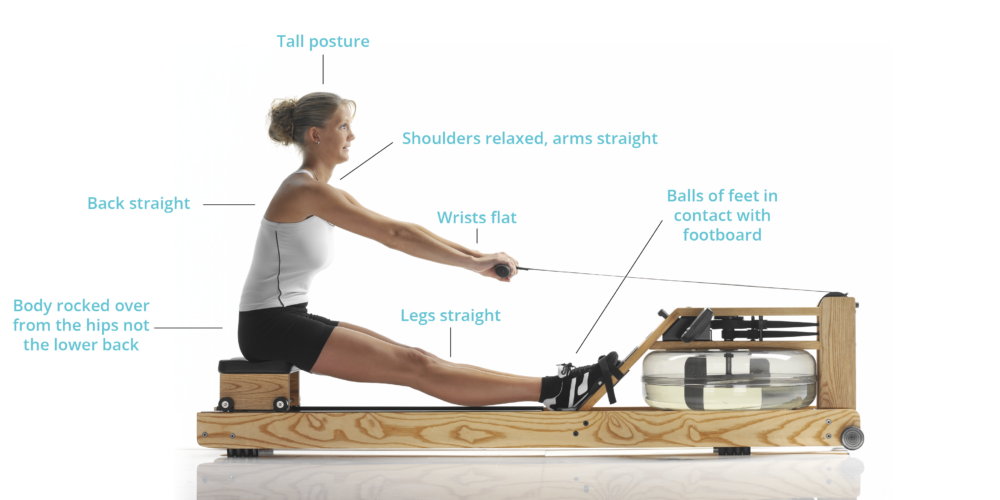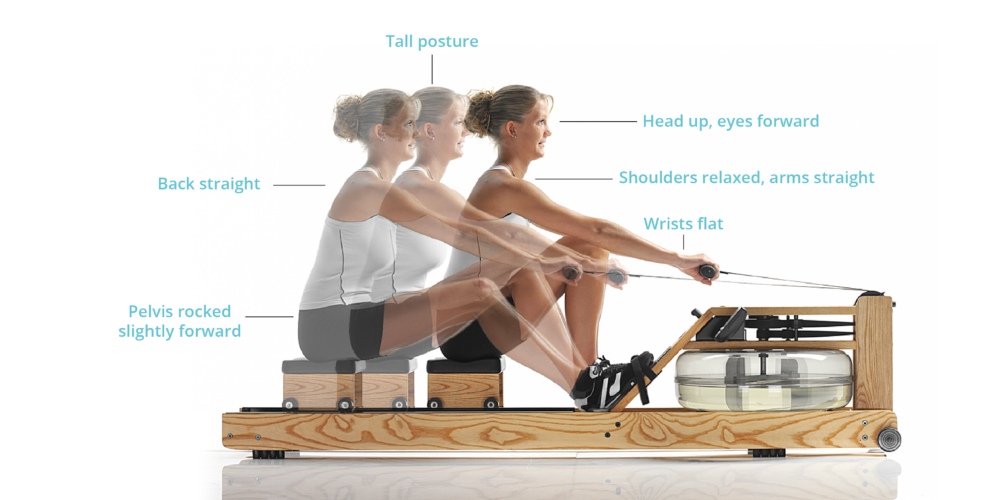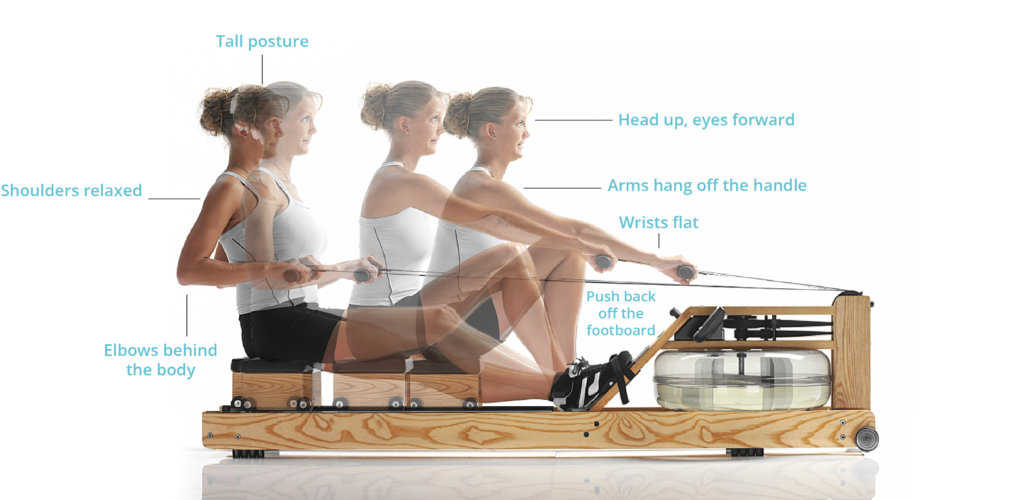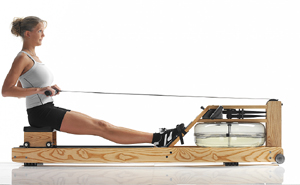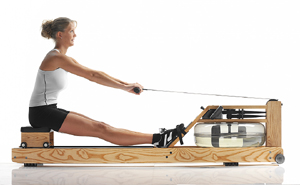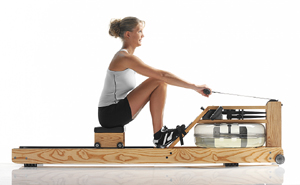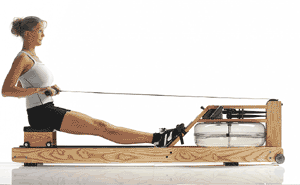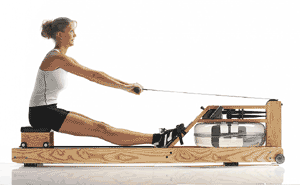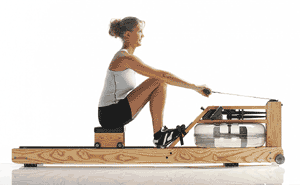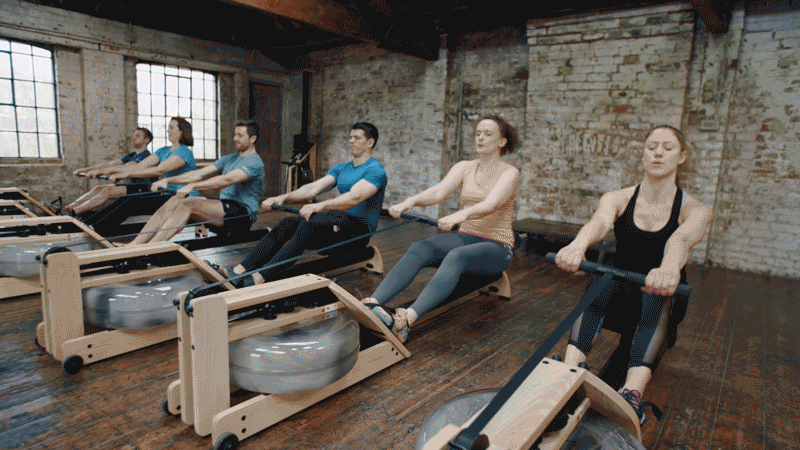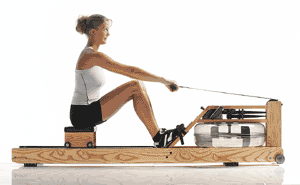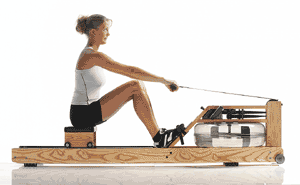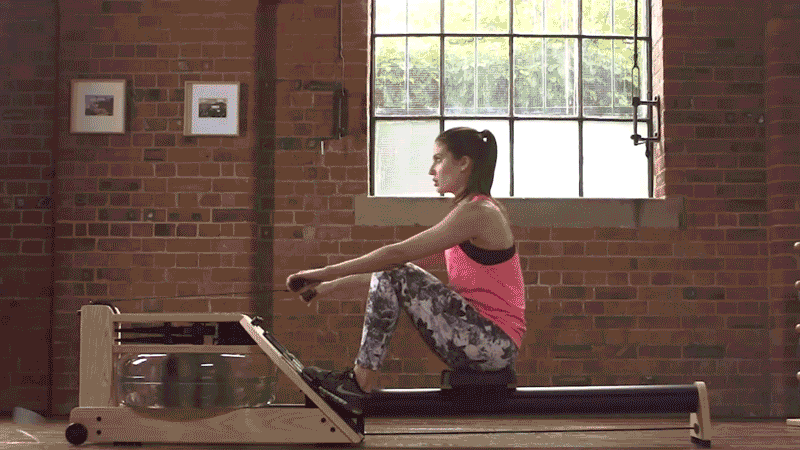Too many people the rowing stroke is an unnatural action. However, with the correct technical instruction most people can master rowing and enjoy its physiological benefits. We have outlined a number of common faults which as an instructor you need to be able to recognize and correct.
Please read through all sections (tabs) to the left before moving on to the next lesson
Short Stroke
Fault: This fault is when the users rows with not reaching or compressing to their full potential. Stroke length will vary amongst users, length is the reach and compression a user can obtain when rowing comfortably. Many users shorten their stroke when they start to get tired.
Tell tale signs include:
High stroke rates at an easy intensity, anything above 26spm for steady state rowing is usually rowing with short strokes.
Tips for correction:
-
- Use the Ratio and Rhythm feature on the monitor – hold a 1:2 ratio
- Practice the Slow Slide Drill
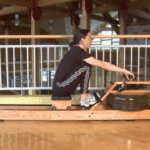
Poor Ratio & Rhythm
Fault: Poor ratio and rhythm occurs when you are eager to get to the next stroke and not taking the time to complete the Drive, or reach the Release position and forget to take a longer time sliding forwards up the slide on the Recovery.
Tips for correction:
- Use the Ratio and Rhythm feature on the monitor – hold a 1:2 ratio
- Practice the Slow Slide Drill
- Ratio and rhythm are important for sustaining a smooth powerful stroke during an aerobic workout.
- The rowing stroke is not rushed, the recovery time allows the boat to run therefore achieving maximum distance each stroke.
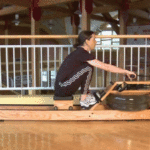
Toes Lifting
Fault: Toes lift up off the footboard on the Release, leads to loosening foot straps.
Tips for correction:
- Keep the balls of the feet in contact with the footboard at all times.
- At the Release position focus on pointing your toes into the footboard.
- At the end of the Drive phase and in the Release position engage your core and hold your legs straight for a fraction of time, then rock over by pivoting at the hips and transfer your body weight forwards.
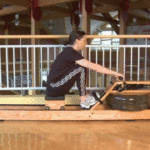
Bent Arms
Fault: Bending the arms too early in the drive phase. Or not straightening the arms properly during the Rock Over phase
Tips for correction:
- Focus on the feeling of hanging off the handle as you drive with the legs.
- During the Rock Over phase move the hands away from the body and reach forwards with straight arms.
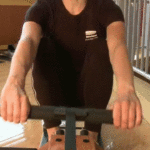
Early Knees
Fault:Raising the knees too early, as the name suggests, occurs when the user raises the knees before the hands have moved beyond the knees. The hands should move away from the body and over the knees before the knees break. This is known as the Rock Over phase.
Tell tale signs include:
• The hands fall in behind the knees
• The hand height varies up and down
Tips for correction:
- Focus on moving the hands away from the body and rocking the torso over before the knees bend (feel the stretch in the hamstrings).
- Focus on finishing the stroke with the hands away and torso over and not at the Release.
- Let the knees follow the handle up the slide on the Recovery.
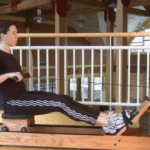
Knees Out
Fault: Rowing with the knees ‘falling’ out to the side.
Tips for correction:
- Try to keep the knees approximately 1-2 fist widths apart.
- When rowing ensure your knees are positioned inside of your elbows.
- Body shape plays a role; if you are unable to do any of the above to correct the fault, aim to row with a slightly shorter slide length.
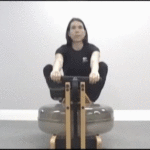
Elbows Out
Fault: The user pokes their elbows out as they draw the handle in to the body. This can often be associated with drawing too high.
Tips for correction:
- Focus on drawing the handle to the second from bottom rib.
- Focus on drawing the elbows behind the body.
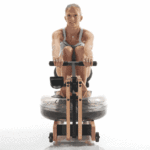
High Draw
Fault: Drawing too high – to under chin or forehead height. This is often associated with elbows out fault.
Tips for correction:
- Draw the handle to the middle of the torso, about the second from bottom rib.
- Focus on drawing the handle to the second from bottom rib.
- Focus on squeezing the shoulder blades together.
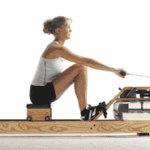
Low Hands
Fault: Low hands, as the name suggests, occurs when the user carries the hands too low on the way forward. The hands should move away from the body and back to the Catch in a horizontal line.
Tell tale signs include:
- The hands follow the profile of the legs.
- The Catch position is short and the user is rowing with a shorter stroke.
Tips for correction:
- Draw the handle to the middle of the torso, about the second from bottom rib.
- Focus on drawing the handle to the second from bottom rib.
- Focus on squeezing the shoulder blades together.
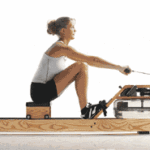
Hunched Release
Fault: Occurs when the user is hunched over at the Release, this indicates poor posture and may make the user susceptible to back injuries.
Tell tale signs include:
- The back is exaggeratedly curved at the Release.
- The head is down at the Release.
- The shoulders are in front of the hip at the Release.
Tips for correction:
- Focus on strong posture and sitting tall.
- Focus on keeping the head up and eyes forwards.

Hunched Catch
Fault: This occurs when the user is hunched over at the Catch position. Hunched catches show bad posture and may make the user susceptible to back injuries.
Tell tale signs include:
- The back is exaggeratedly curved at the catch.
- The head is down at the catch.
Tips for correction:
- Focus on strong posture and sitting tall.
- Focus on keeping the head up and eyes forwards.

Exaggerated Lean Back
Fault: Occurs when the user over exaggerates the use of the torso through the early part of the Drive and at the Release.
Tell tale signs include:
- The body leans too far back as seen in the animation above.
- The torso is used to draw the handle back rather than using the legs and arms.
Tips for correction:
- Focus on sitting tall and just past the vertical at the end of the Drive in the Release position.
- Focus on using the legs for the first part of the Drive and finishing with drawing in the handle to the body.
- Focus on sitting tall yet relaxed throughout the rowing stroke.
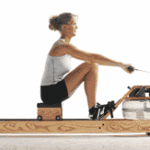
Seat Shoving
Fault: The seat shove occurs when the drive of the legs is not well connected to the handle, this is usually due to poor posture or strong core which is the connection of the legs and arms.
Tell tale signs include:
- The seat moves independently of the handle.
- The body angle closes as the legs are drive back.
Tips for correction:
- Focus on the seat being connected to the handle – the handle moves when the seat moves.
- Focus on not closing the body angle but maintaining the same torso position through the beginning of the Drive.
- Hold a strong core as you Drive with the legs.
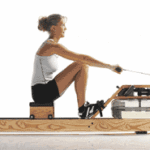
Bent Wrists Rowing
Fault: Bent wrists, as the name suggests, occurs when the user cocks the wrist either up or down. This can occur either in the Catch position or the Release position. The wrists should remain flat (as seen in the last picture) and the fingers simply hooked over the handle.
Tips for correction:
- Focus on drawing the handle to the second from bottom rib.
- Focus on keeping the elbows close to the body as you draw the handle in.
- Focus on keeping the forearms horizontal.
- Use all of the upper back muscles (squeeze the shoulder blades together) to draw the handle in at the Release.


